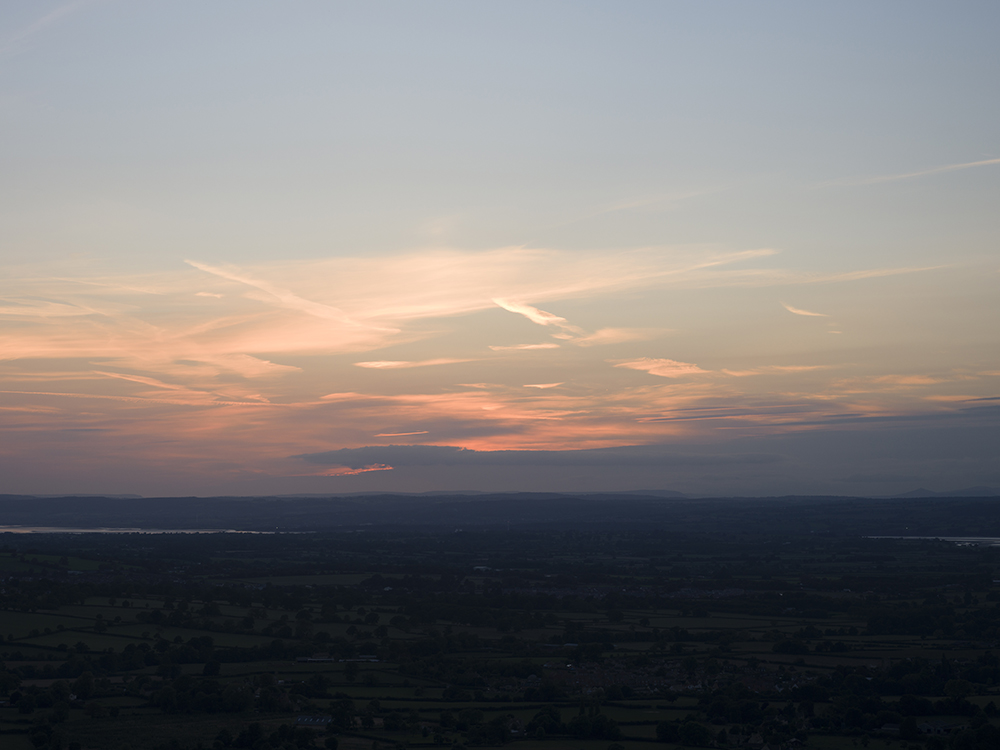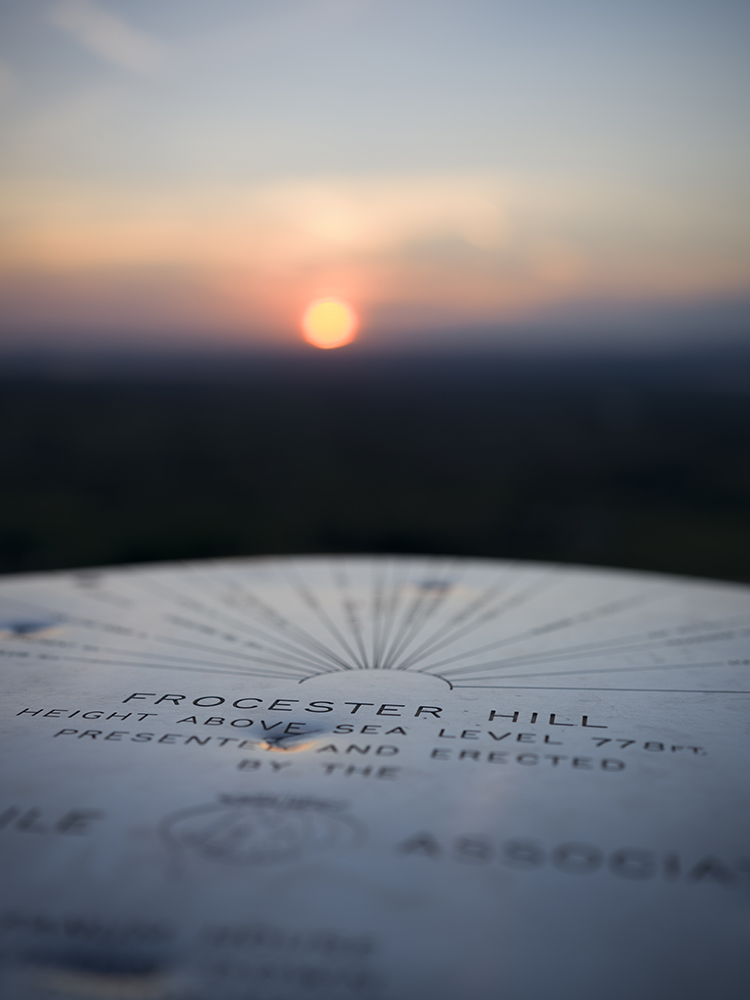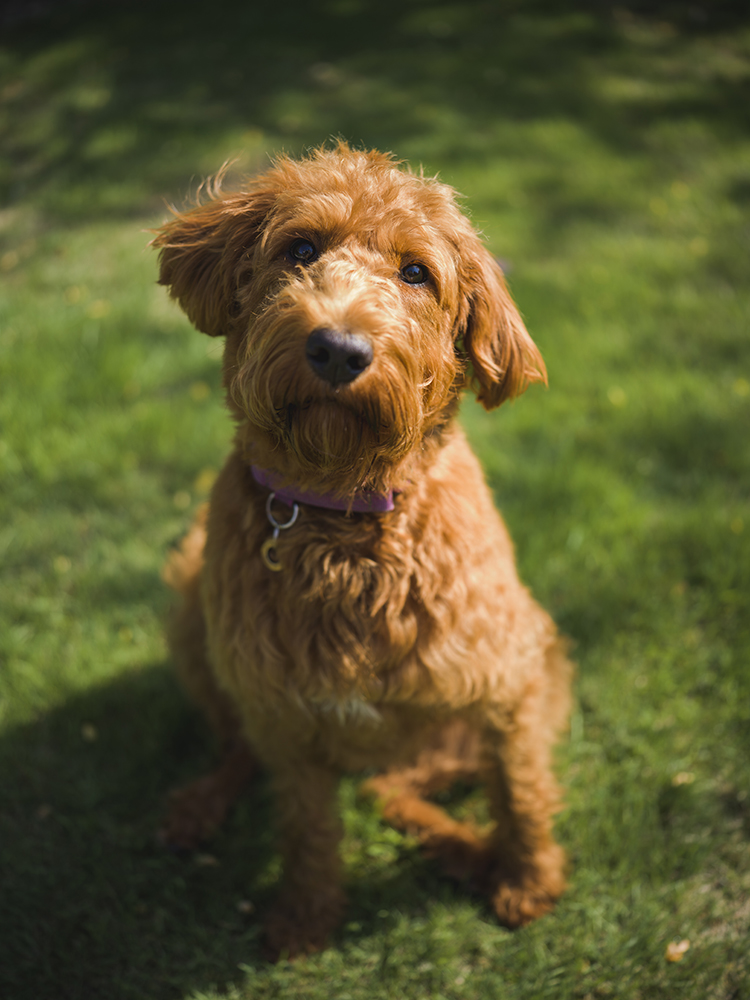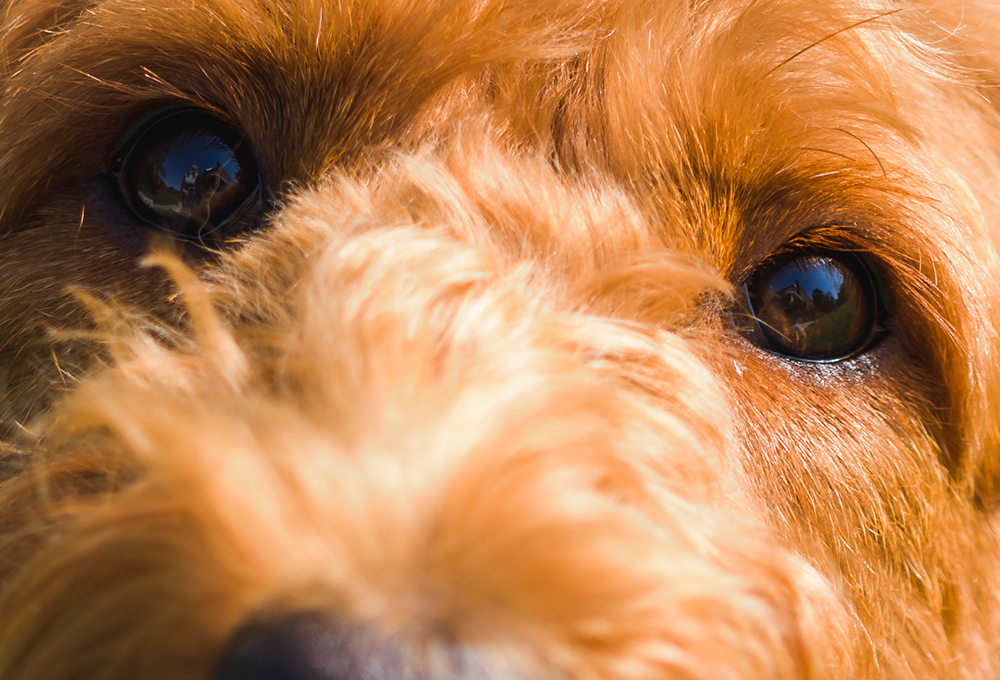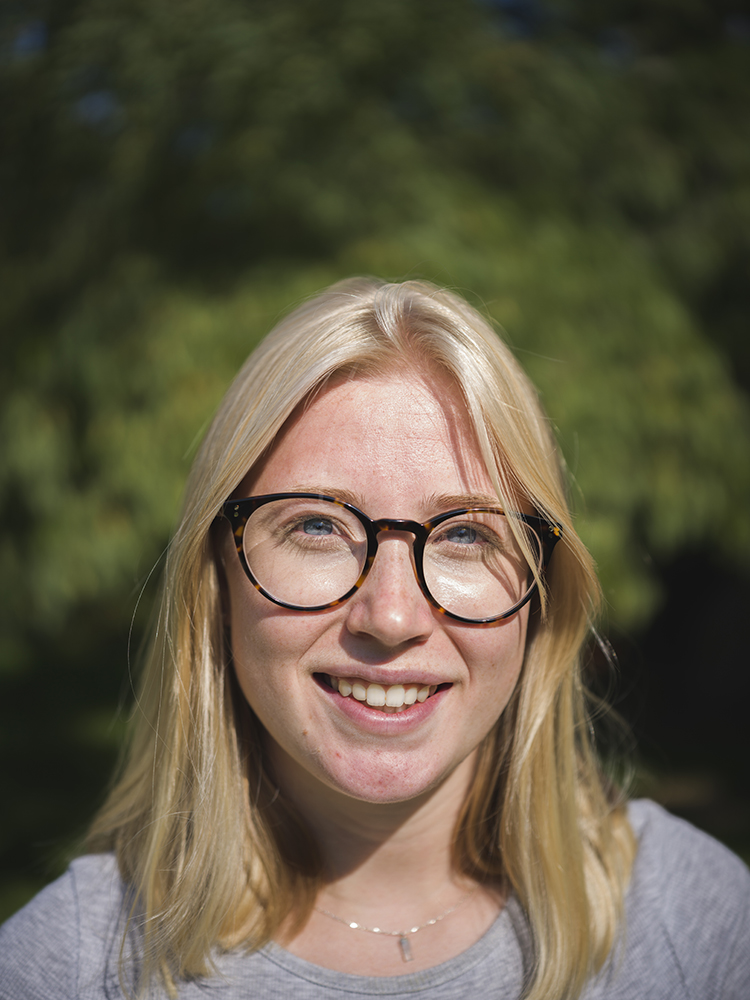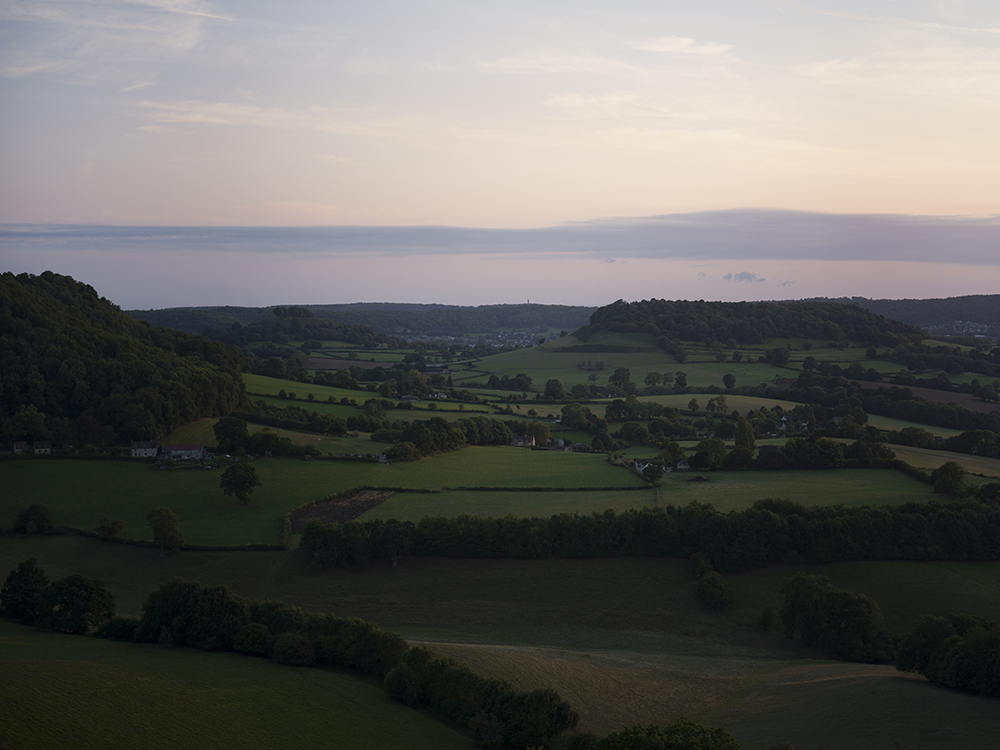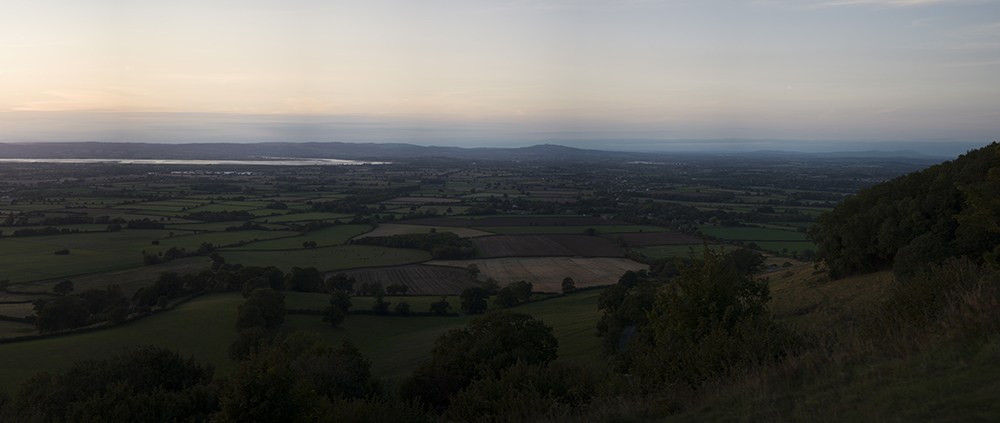Deep Dive into the Hasselblad X2D
Hasselblad. Famous for their contributions to medium format photography. Their cameras have many distinctions including their impeccable design, their Scandanavian approach to paired back functionality and above all, their world-leading photographic quality.
They are an institution that I have always been aware of. Both as a company within the photographic world and as a brand with its own unique design language. I have always lusted after the medium format genre so when the chance came to get hands-on with Hasselblad’s latest X2D and two of the new XCD lenses, it was an opportunity I could not refuse.
Click to view any of the 100MP images in this blog in full resolution.
Sunset over Cam Peak – Hasselblad X2D
What’s New?
Hasselblad has just released (September 2022) the latest in their line of X Series Cameras; the X2D 100C, updating the X1D II 50c launched in 2019.
The X2D follows a similar design as its earlier counterpart, looking and feeling much the same. Some cosmetic changes have been made, namely a slightly thicker body, and ever so slightly more weight; 895g compared to 766g. Dive deeper into the mechanics, however, and much has changed.
- We now have a 100 Megapixel Back Side Illuminated Sensor, double that from the X1D II.
- The X2D has ditched the top mode dial and replaced this with an upwards-facing display to show shooting information, battery percentage while charging, as well as battery level when inserting the battery.
- Faster autofocusing is achieved with the addition of Phase Detection AF as well as Contrast AF, now with 294 phase detection zones.
- 5 Axis In-Body Image Stabilisation (IBIS), the first in any Hasselblad that allows up to 7 stops of stabilisation.
- A new processor to help handle the increase in file size.
- A newly designed, 2-position flip screen for shooting at lower angles.
- 1 Terabyte of internal SSD Storage with additional space for a CFexpress Type B card.
- Addition of USB-C for fast data transfer and charging.
- A 0.5-inch 5.6 million dot OLED EVF with a refresh rate of 60fps and an impressive 1.0x magnification.
- The rear screen is now a 3.6-inch, 2.36 million pixel-touch display.
Along with the new body, Hasselblad launched 3 new lenses for XCD mount, denoted the V series. This series comprises of a 38mm, 55mm, and 90mm lens, all at f2.5 maximum apertures. These lenses are designed to be much lighter, much quieter, and include a new clutch mechanism for instant manual focus, revealing a depth of field scale tucked underneath.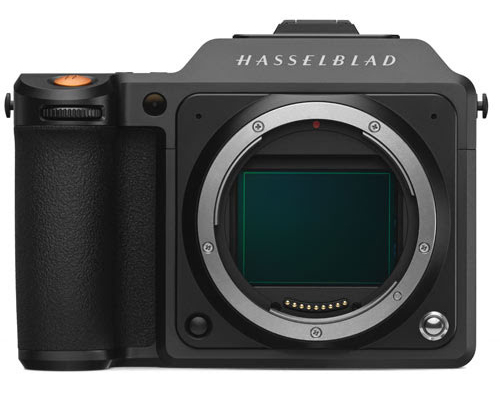
Initial Impressions and Unboxing
Working in a store such as Clifton Cameras we are privy to seeing a lot of boxes from all brands through our doors. However, when the matte-black Hasselblad delivery arrived it became clear that this was something special.
From the off, you know you are looking at a premium product. The box’s top design is a skeletal line drawing of the camera within and as you remove the lid your brand new 100MP camera lays fully rendered underneath.
The premium feeling is only enhanced as you get the X2D in hand. The machined aluminium body is cool to the first touch. Its unique Scandinavian ergonomics that have become synonymous with the X series scream quality.
Weighty enough to know it’s a serious piece of kit, but not out of the way for what we must remember here is a big, medium format camera body, the camera feels good to hold.
The lenses are an equally impressive experience. Everything feels premium and you can feel the thought that has been put into this part of the buying experience.
Sunset over Frocester Hill – Hasselblad X2D
Feel and Handling
Although bigger and heavier than the X1D II 50c, the difference between the two felt marginal. Coupled with the fact that the lenses are much lighter than their predecessors, the overall weight and balance were spot on.
The larger sensor of this medium format camera is of course going to create a bigger-feeling body. However, despite this, it still felt comfortable and easy to use.
Switching back to my crop sensor DSLR body post using the X2D, the older camera immediately felt intrusive and unnecessarily oversized. It is amazing what was once a very comfortable holding position now felt completely alien having easily moulded to the grip of the X2D.
Carrying the X2D over some distance didn’t get tiring in the slightest, using the rear screen to compose all images, and rarely looking to the EVF, it felt easy and naturally flowing to manoeuvre with.
100-megapixel Pet Portraits
Medium Format Pros and Cons
The main drawback that always seems to stump medium format is the Autofocus performance. Not in its accuracy, but in its speed. You are naturally dealing with a bigger sensor, hence, bigger lenses with heavier parts for motors to move around.
With the addition of phase detection in the AF system, coupled with the new lens designs, the X2D focused faster, smoother and quieter than expected. Compared to previous experience with the X1D II, it was near silent AF.
The benefit of medium format allows for those much higher megapixel counts, and from that a lot more detail in an image. I was genuinely staggered by just how much detail was gathered. It was a pleasure to look back through images on review, and look deeper into them to have elements appear that were not even noticed at the time of taking the shot.
With 16-bit colour depth – switchable to 14 – the colour reproduction from the X2D was stunning. If the images in this blog were indeed edited, there were minimal alterations. Even in the shadows, colour reproduction was one of the standout features of this user experience.
100% Zoomed in – look at that detail!
Image Quality
The look and feel of the X2D are clearly premium, this all comes amiss, however, if the image quality does not match. There will be no surprise to report that this is not the case here.
The 100MP sensor really is the standout feature of this camera. The sharpness is on a different level from anything I’ve used before, and more than that, the simplicity of how easy it was to achieve was staggering. All the images you see here were very much individual shots, there was no need to refocus and recompose, it was as simple as compose the shot, focus, and there you go.
The X2D has an image quality that naturally lends itself to portraiture and landscapes. I attempted to resist the urge, but in my hand, I held what is quite possibly the best digital medium format camera to date and so I found myself being drawn back to these forms again and again.
There is no doubt that to have wandered off-piste and taken the X2D into the street, or attach a macro lens and delved into the world of fine art would have been a success. The ease of handling and the images this camera renders would lend itself willingly to almost any situation with impeccable grace.
Using the Hasselblad X2D for Portraiture
Alternatives
Having looked at the Hasselblad X2D in detail it is worth asking how does it compare to the rest of the market? When looking at an alternative option for a medium format, high megapixel, mirrorless camera, there are only a few that spring to mind.
With Hasselblad, the X1D II 50c is staying in the catalogue as a lower megapixel option. However, with the additions of the upwards-facing display and the tilt screen, the new camera puts forward a good argument to choose the X2D over this.
The sensor itself compared to the 50MP previously used, allows for an extra stop of dynamic range – up to 15 from 14 – and the base ISO dropping to 64 from 100 allows for wide open shooting even in bright conditions.
Another potential contender would be the 907X 50c. Very different in terms of form and function, this may suit some users more. In this comparison, the X2D’s 0.5-inch EVF really comes into its own. Although I didn’t use it that often during my test, the view through the EVF was incredible. Much more akin to SLR cameras owing to the 5.76-million dot OLED screen that I found to have no lag.
Outside of Hasselblad, the only comparable option is the Fujifilm GFX 100. With this camera, you have 100MP or 50MP options depending on whether you choose the full-size or smaller ‘s’ variant.
The lens range with Fuji is arguably more varied, with more options for zooms, and longer focal lengths. It also offers video capability whereas the X2D is still images only.
Both will share similar file sizes, with either the .3FR file from Hasselblad or the .RAF file from Fuji. A 100MP image from Hasselblad or Fujifilm averages between 200-220MB per image.
Again the draw from the X2D with that 1 Terabyte internal SSD alleviates all the stresses associated with these big file sizes. The only other camera with anything similar is the 64GB internal storage of the Leica M11. For what the X2D has packed into it, it is a wonder how Hasselblad has made it so small.
Cam Peak, Dursley – Hasselblad X2D
Any Room for Improvement?
As this is a dedicated stills camera with no option for video creation, it does push the X2D towards the more traditional environment of landscapes and portraiture. When considering this clear use for the camera, the omission of a dedicated shutter release system seems strange.
It seems as though the inclusion of a port to allow the connection of Hasselblad’s own Release Cord X wouldn’t have been so out of the way. Perhaps there is something in the works to allow for a wireless shutter release in the future?
The battery life was also not as long as I would have expected. It is rated at 420 shots per charge and although it never dropped below 25% throughout the whole test it did seem to drop quite quickly as I took approximately 400 images.
There are a number of factors that could have contributed to this faster drop. For example, I had the screen bright to cope with shooting outdoors, and the camera itself did get warm. I may also be biased here as I am used to shooting DSLR which comparatively is a less powerful camera with smaller images to process, ultimately contributing to longer battery life. Still, 400 highly detailed and one-of-a-kind composed images all on one charge is not to be sniffed at. Just think how many rolls of film that would have taken!
Panorama of Cam Peak – Haaselblad X2D
Final Thoughts
The Hasselblad X2D is a refreshing release. In the vast swathes of manufacturers chasing the one “do it all” king of the hybrid shooter, this stills-only camera is genuinely a breath of fresh air. The attitude of ‘do one thing and do it properly’ springs to mind, and rings absolutely true.
The overall user experience of using the Hasselblad X2D was one I won’t forget for a long time. It left me wanting to hold on to it and continue to use and experiment. I was excited to get out and about for the sheer enjoyment of taking photographs.
I loved the premise of the X2D forcing you to slow down. The nature of the slower process compared to the lightning-fast, 15 frames-per-second bodies of the modern photographic landscape made everything feel more considered, calculated and refined.
Having always loved photography and the experiences it brings, I feel that with the X2D I’ve unlocked a new depth of understanding and adoration for the joys it can bring, of which that truly is priceless.
Where can I buy the Hasselblad X2D?
The Hasselblad X2D 100C is available here >
For added creative control explore Hasselblad's expanded filter range>
Read Next
- The ULTIMATE Street Photography Camera? Hasselblad X2D in New York
- Hasselblad's Home Video Series
- What is Medium Format Photography?
Thank you!
Thanks for taking the time to read our blog, we really do hope they help you out and answer some of your questions. If you still have some unanswered, then please feel free to get in touch with our team of experts.
We have a LiveChat option on our website and we can, of course, be contacted via our email, we're also on the end of the phone too! Read more on how to contact us here >
Want to write for us?
If you've got experience with producing content on photo, video and/or optics products or techniques then we would love to hear from you. Contact our blog editor, Bea, with a sample of your work at [email protected].
- By Aled Phillips
- 26 Sep 2022




























































